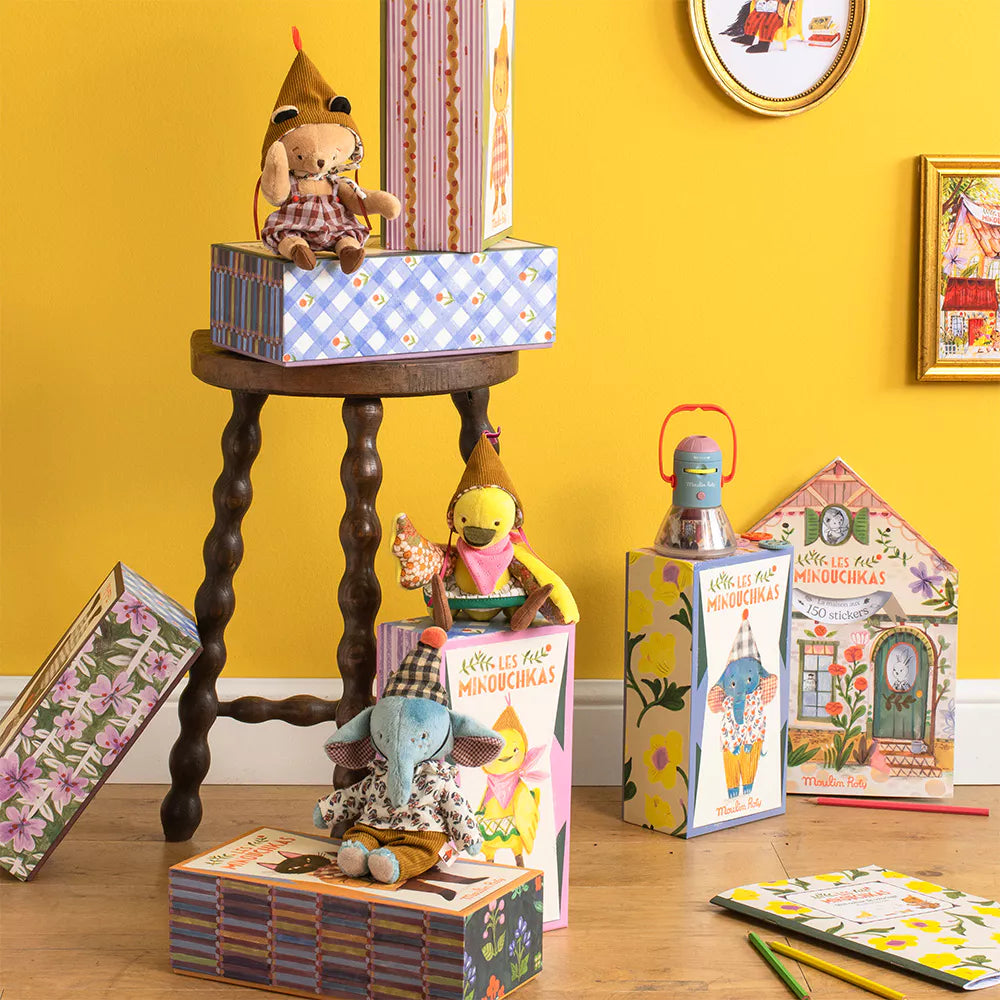Your Childhood Toys Re-Visited


If you are a child of the 70's and 80's you may remember some of these classic toys that have made comebacks in recent years. What other classic toys do you remember from your childhood?
Space Hoppers:
Developed in the 60's by designer Aquilino Cosani (who reportedly wanted to make a toy that let children bounce around like kangaroos), Space Hoppers went on to became a major toy craze during the 70's and into the 80's, providing hours of cheap, energetic fun for children of all ages. Also known as Moon Hoppers, Hoppity Hops, Hopping Balls and Hopperz, they are a large sit on rubber ball with a handle or antler grips. Using foot power and the bounce action of the ball, riders propel forward as they hop around, gripping the handle tight to avoid a dismount!

Silly Putty
Credit for the invention of Silly Putty is disputed, however, popular belief is that it was invented by accident during the second world war by engineer James Wright, working for General Electric in Connecticut. Wright called his original creation Bouncing Putty. It was later renamed to Silly Putty by Peter Hodgson, a marketing consultant who introduced Silly Putty at the New York International Toy Fair, packaged in small plastic eggs. After a slow start, it went on to become one of the most popular toys of the twentieth century and in 2001 it was inducted into the National Toy Hall of Fame, along with Tonka Trucks.
Rolled into a ball, silly putty will bounce to great heights. Pull it slowly and it will stretch to great lengths, yet give it a quick tug and it will snap! Flatten it against a sheet of newspaper or page from a comic book and it will pick up a copy of the print it touched (although today's printing methods do not produce the perfect image transfer that we remember as kids!)
The name 'Silly Putty' is now a trademark of Crayola Properties Inc, who acquired the exclusive manufacturing rights to Silly Putty in 1977 and to this day still market an original version of Silly Putty, which is sold in the USA. In Australia you will find similar substances to the original Silly Putty, marketed under different names such as Jumping Putty and Bounce Putty.

Shrinky Dinks
Shrinky dinks (aka shrinkies) are a children's activity kit consisting of images printed on to sheets of plastic, which can be coloured with markers and then cut-out with scissors. When the cut-out shapes are heated in the oven, the colours become more concentrated and the shapes thicken as they reduce to around a third of their original size. The end result is hard flat forms that retain their original shape. Shrinky Dinks reached the height of their popularity in the 1980's. Shrinking chip packets in the same manner was also a very popular craze. French toy brand Djeco now produce their own equivalent of Shrinky Dinks, marketed as Magic Plastic.

Chatterbox
Chatterboxes (also known as fortune tellers) are a form of origami used as a school ground game. Parts of the folded origami are labelled with numbers or colours that serve as options for a player to choose from. On the inside of the structure there are eight fold out flaps, each concealing a message or instruction. The person holding the fortune teller operates the paper device according to the choices made by the player, until finally one of the hidden messages or instructions is revealed.
Acording to Wikipedia, the origami shape that is now used in the game of Chatterbox (aka Fortune Tellers) was first introduced to the English-speaking world in the 1928 origami book 'Fun with Paper Folding' (by William D Murray and Francis J Rigney). At that time the shape was referred to as a salt cellar because when placed on a table (points down) the four compartments could be used to store small items of food!
Chatterboxes frequently make a resurgence in school grounds as a popular playtime activity. French toy brand Djeco produce their own version of a Fortune Teller, packaged in a kit consisting of illustrated origami papers, simple origami folding instructions and 20 amusing challenges in the form of stickers.

Elastics (AKA Chinese Jump Rope, French Skipping)
It's origins date back to the 7th century China, however, the game was not adopted by the Western Hemisphere until the 1960's and remained very popular in school playgrounds and backyards throughout the 70's and 80's. The game is typically played with three or more players and a thick loop of elastic. Two players face each other with the elastic positioned around their ankles, and with enough distance between them to make the elastic taut. A third player then stands inside the elastic area and attempts to accomplish a sequence of increasingly difficult moves. If they can do so without making an error, the position of the elastic is moved up from the ankle to the knees to increase the challenge (followed by hips, waist and finally shoulder height).
Originally just a long length of thick elastic with the ends stitched together, you can now find more 'upmarket' French Skipping versions on toy shelves (although a 3 - 4 m length of elastic from your local haberdashery will more than suffice!)

